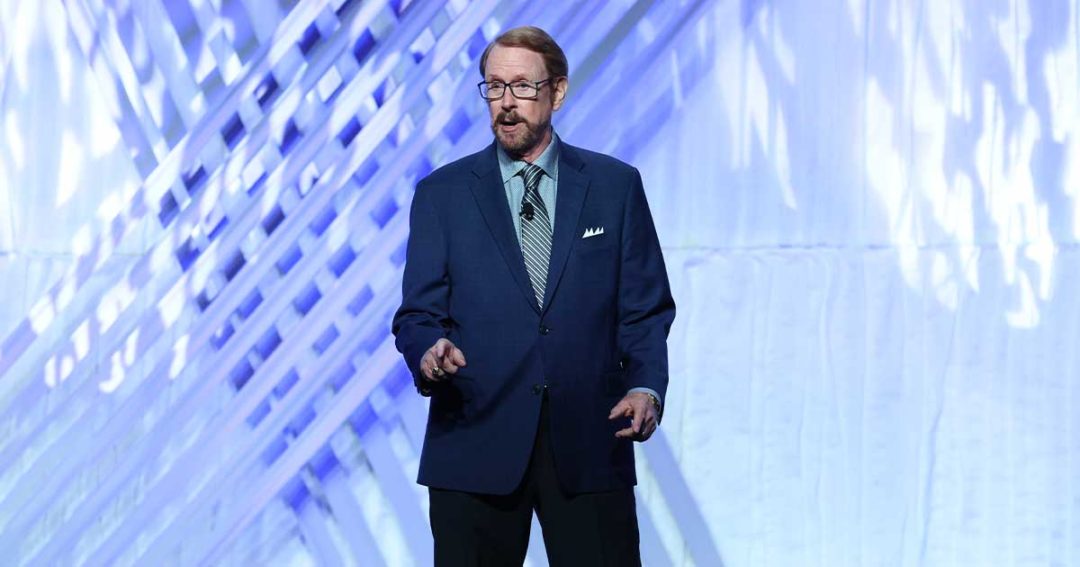
How to predict the future and be right
Examine the trends and look for opportunities to make a difference, says Daniel Burrus.
The pace of change is fast and accelerating at speeds which make it difficult to react. However, if credit union lenders switch their mindset, they can anticipate changes and discover solutions that will allow the credit union to transform into the organization of the future.
“What if you could predict the future and be right?” says Daniel Burrus, technology forecaster, disruptive innovation expert, and bestselling author. “The answer is … you can.”
During the opening keynote speech at the 2022 CUNA Lending Council Conference Wednesday in San Diego, Burrus provided lenders with insights on how to develop an anticipatory mindset that will enable them to anticipate disruptions, identify problems before they exist, and discover opportunities before the competition does.
“There are more opportunities to change and transform every process or service than we have ever had before,” Burrus says. “We’re doing things today that were impossible two years ago, and we’ll be doing things in two years that we consider impossible today.”
While the future is uncertain, it’s “amazing how much we can be certain about,” Burrus says. Certainty comes from looking at trends and determining what will happen when. There are cyclical trends, such as weather patterns or the rise and fall of the stock market, but the opportunity lies in the trends that experience linear or exponential change.
Trends fall into two categories. Hard trends are based on future facts that will happen and can’t be changed, while soft trends are based on assumption and can be changed if people don’t like the trend.
Three hard trends are:
- Demographics have characteristics that are not changing. For example, Baby Boomers aren’t getting younger. They’ll continue to get older, and society can predict the problems they’ll face and the opportunities they’ll present. Therefore, lenders should look at the different generations and develop strategies to serve and communicate with them. Ask them what they need.
- Government regulations can often be seen as a negative, but Burrus suggests looking for opportunities that exist with the regulations instead of focusing on the negatives.
- Technology is the most predictable hard trend, Burrus says. Datafication, embedded artificial intelligence and machine learning, blockchain as a service, augmented streaming analytics, and automation are a few of the examples Burrus provided that have the potential to cause disruption. People need to be positive disruptors and create transformation to elevate relevancy and accelerate growth. To do this, people must identify tasks that have become less relevant.
Burrus encouraged conference attendees to spend one hour per week “unplugging from the present and plugging into the future,” suggesting lenders make a list of hard trends and soft trends. Attendees should know how the hard trends will impact their credit union and its members, and examine the opportunities related to those trends.
From that list, attendees should identify a “must-do” list and select one item to concentrate on achieving. Burrus recommended picking a piece of low-hanging fruit—a trend or opportunity that is low-cost or easy to achieve—and put in the work to accomplish it.
“Be anticipatory,” he says. “Listen with your opportunity antennas up high so that this conference can be a defining moment.”